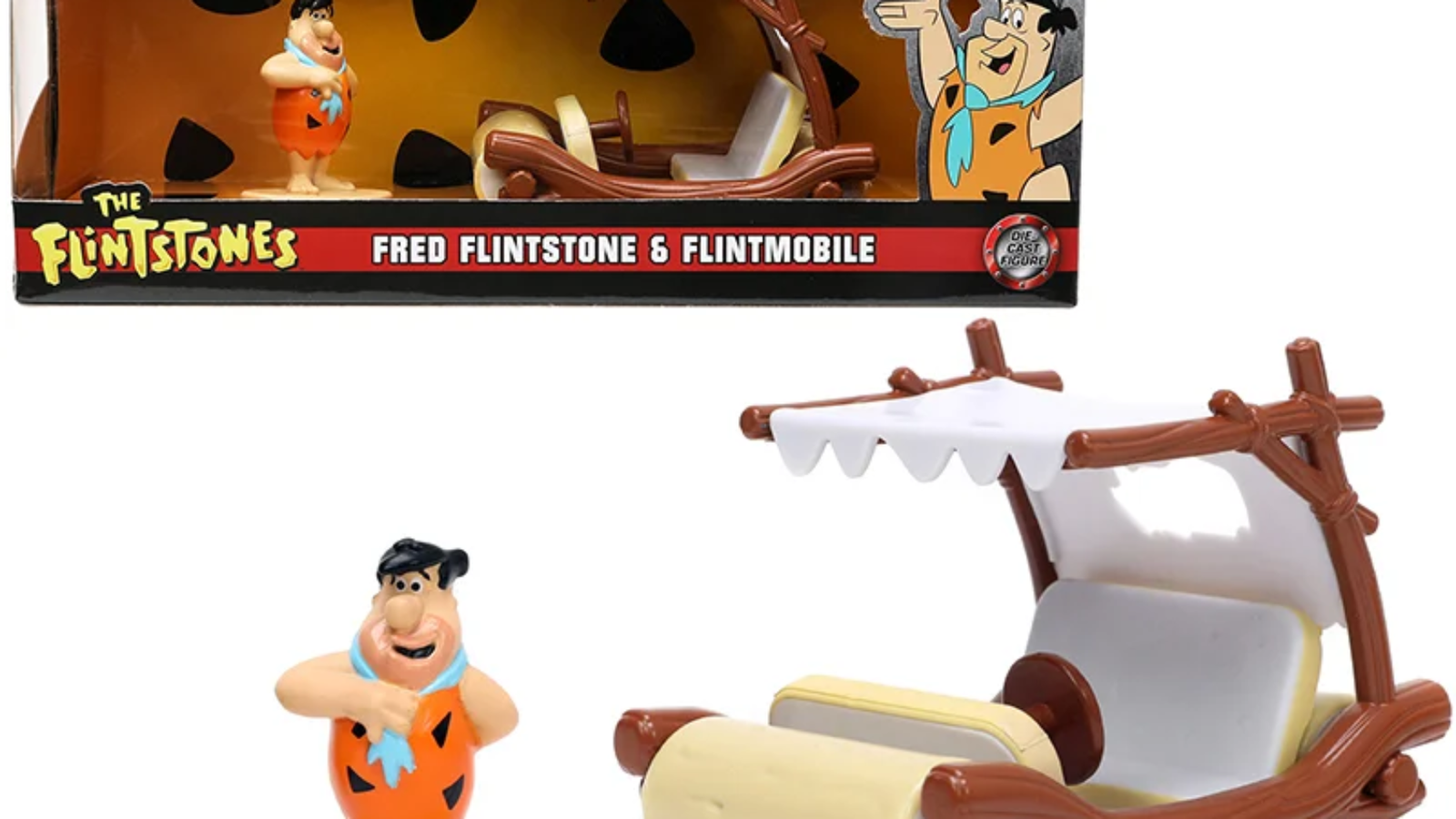“The Flintstones,” an iconic American animated television series, first aired on September 30, 1960, and has since become a cornerstone of pop culture. Created by William Hanna and Joseph Barbera, the show is set in the prehistoric town of Bedrock and follows the lives of the Flintstone family—Fred, Wilma, and their daughter Pebbles—as well as their pet dinosaur, Dino. Their neighbors and best friends, Barney and Betty Rubble, and their son Bamm-Bamm, are also central characters. With its unique blend of humor, satire, and charm, “The Flintstones” has left an indelible mark on television history.

The Original Series:
“The Flintstones” was the first prime-time animated television series, and it enjoyed significant success during its original run from 1960 to 1966. The show was a satirical take on the suburban American lifestyle of the 1960s, cleverly juxtaposed with a prehistoric setting. Characters used “modern” Stone Age technology, such as cars powered by foot propulsion and appliances operated by animals. This humorous blend of the ancient and contemporary made the show appealing to both children and adults.
- Fred Flintstone: The boisterous, lovable protagonist who works at the Slate Rock and Gravel Company and often finds himself in comical predicaments.
- Wilma Flintstone: Fred’s patient and resourceful wife, known for her quick wit and problem-solving skills.
- Pebbles Flintstone: The adorable daughter of Fred and Wilma, known for her red hair and cute personality.
- Dino: The Flintstone’s pet dinosaur, who behaves much like a modern-day dog.
- Barney Rubble: Fred’s best friend and next-door neighbor, often his partner in mischief.
- Betty Rubble: Barney’s supportive wife, known for her friendship with Wilma.
- Bamm-Bamm Rubble: The super-strong adopted son of Barney and Betty.
“The Flintstones” has had a lasting impact on popular culture, influencing various aspects of media and entertainment. The show’s catchphrases, such as Fred’s iconic “Yabba-Dabba-Doo!”, have become part of the cultural lexicon. The Flintstones also introduced the concept of the modern stone age family, which has been referenced and parodied in countless other shows, films, and advertisements.
Spin-offs and Revivals:
The success of the original series spawned numerous spin-offs, television specials, and feature films. Some notable spin-offs include:
- “The Pebbles and Bamm-Bamm Show” (1971-1972): Focused on the teenage adventures of Pebbles and Bamm-Bamm.
- “The Flintstone Kids” (1986-1988): Depicted the childhood years of the Flintstone and Rubble families.
The franchise also ventured into live-action territory with two feature films:
- “The Flintstones” (1994): Starring John Goodman as Fred Flintstone and Rick Moranis as Barney Rubble, the film brought the prehistoric family to life with a mix of comedy and nostalgia.
- “The Flintstones in Viva Rock Vegas” (2000): A prequel to the 1994 film, exploring how Fred and Barney met Wilma and Betty.

Merchandising and Legacy
“The Flintstones” franchise has generated a vast array of merchandise, from toys and clothing to breakfast cereals and theme park attractions. The characters have been featured in commercials, video games, and comic books, further cementing their place in popular culture.
The show’s influence extends beyond entertainment. It has been studied for its social and cultural commentary, particularly its portrayal of the American family and suburban life. The Flintstones’ ability to humorously reflect contemporary issues through a prehistoric lens continues to resonate with audiences of all ages.
“The Flintstones” remains a beloved and enduring franchise, celebrated for its innovative approach to animation and its timeless humor. Its legacy as a pioneering prime-time animated series and its impact on popular culture are undeniable. As new generations discover the adventures of Fred, Wilma, Barney, and Betty, “The Flintstones” continues to be a cherished part of television history, proving that laughter truly is the best way to bridge the gap between the past and the present.


 Cart is empty
Cart is empty 